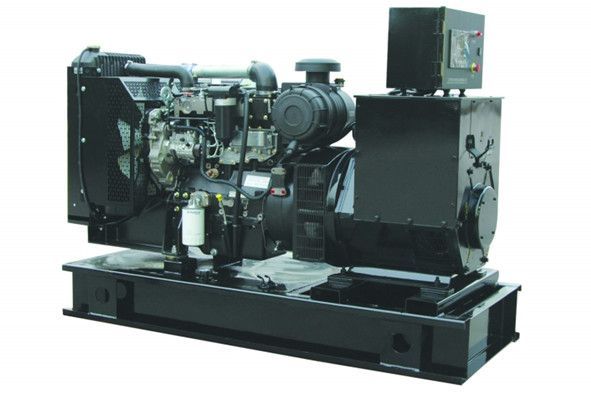The working principle of a diesel generator revolves around the conversion of diesel fuel into electrical energy through the process of combustion. Diesel generators are widely used for their efficiency, reliability, and portability in various applications such as emergency power supply, remote locations, and construction sites.
Fuel Combustion:
The diesel generator's operation begins with the injection of diesel fuel into the combustion chamber. This fuel-air mixture is then compressed within the engine cylinder. Unlike gasoline engines, diesel generator sets rely on the high compression ratio to ignite the fuel spontaneously when it reaches a critical temperature and pressure.
Power Stroke:
Once ignited, the fuel undergoes a rapid combustion process, leading to the expansion of gases. This expansion forces the piston down the cylinder, creating mechanical energy in the form of linear motion. This movement is known as the power stroke and is a crucial step in converting chemical energy into mechanical energy.
Crankshaft Rotation:
The linear motion of the piston is connected to the crankshaft through a connecting rod. As the piston moves down during the power stroke, the crankshaft rotates. The rotary motion of the crankshaft is essential for generating electrical power efficiently.

Generator Operation:
The rotary motion of the crankshaft is then transmitted to the generator through a mechanical coupling. The generator consists of a rotor and a stator. The rotation of the rotor within a magnetic field induces an electromotive force (EMF) in the stator windings, following Faraday's law of electromagnetic induction.
AC Generation:
Most diesel generators produce alternating current (AC). The generated AC voltage can be further processed through an alternator to ensure a stable and constant supply of electricity. In some applications, the generated AC may be converted to direct current (DC) using a rectifier for specific uses or to charge batteries.
Governor System:
To maintain a consistent and stable electrical output, diesel generators are equipped with a governor system. This system regulates the fuel supply to the engine, adjusting it in response to changes in load. As the load increases or decreases, the governor ensures that the engine speed and consequently the electrical output remain constant.
In conclusion, the working principle of a diesel generator involves the combustion of diesel fuel to produce mechanical energy, which is then converted into electrical energy through a generator set. This process provides a reliable and efficient source of power for a variety of applications. The diesel generator's significance lies in its ability to offer a dependable power supply in areas with limited access to the electrical grid, making it a crucial tool in emergency situations and remote locations. The impact of diesel generators is evident in their widespread use across industries, contributing to increased productivity and convenience in various settings.

Comments
0Related Articles
By Geym
239
0
0
By May
227
0
0
By May
276
0
0
By Hou
274
0
0
By May
215
0
0
By May
214
0
0
By Hou
212
0
0
By Liang
226
0
0